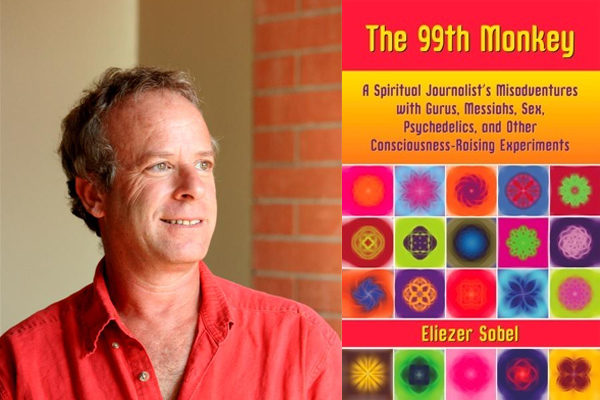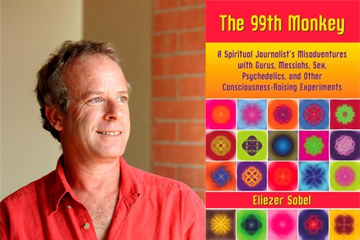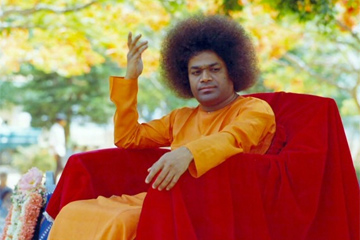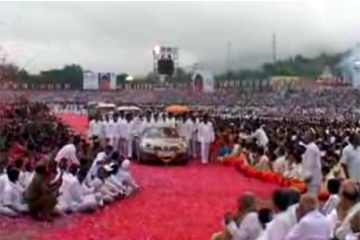
Excerpt from Chapter 5 of The 99th Monkey: A Spiritual Journalist’s Misadventures with Gurus, Messiahs, Sex, Psychedelics, and Other Consciousness-Raising Experiments
Messiah #3: Sathya Sai Baba
At the other end of the spectrum in the devotee department is Sathya Sai Baba of Puttaparthi, India, who boasts of some 30 million followers, or more, worldwide. So if it ever comes down to a vote, he’s a shoo-in.



